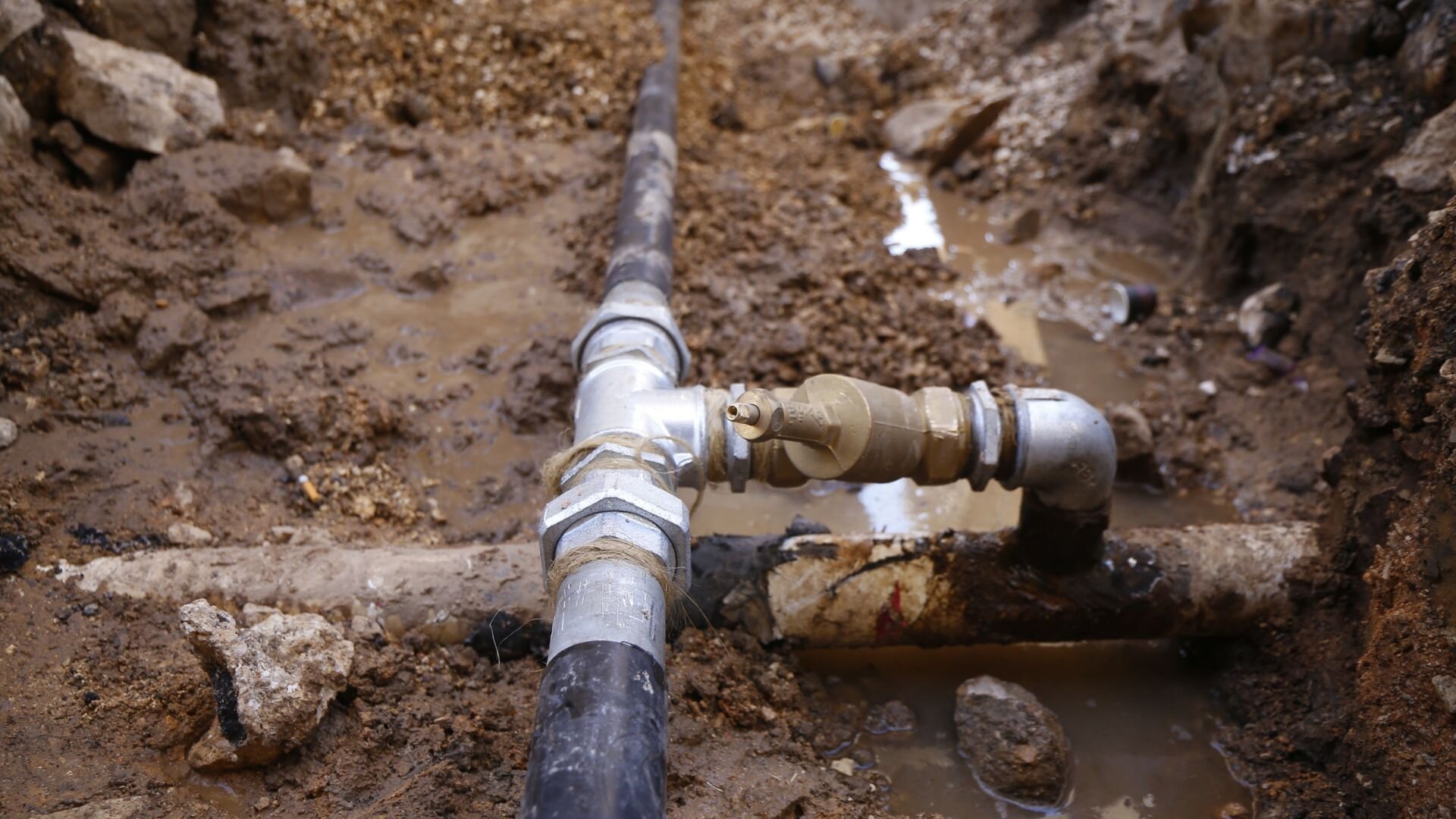Protecting Against Ruptured Pipes: Important Tips to Secure Your Pipes
Avoiding ruptured pipes is a critical worry for property owners, especially during cooler months when the risk of freezing is heightened. Carrying out strategic procedures such as appropriate insulation, regular inspections, and preserving regular indoor temperature levels can considerably lower the probability of pipeline failure.
Understand Pipeline Vulnerabilities
Understanding pipe susceptabilities is essential for efficient plumbing maintenance and preventing costly damages. Numerous aspects contribute to the sensitivity of pipes to bursts, consisting of product composition, age, and environmental problems. Older pipes, particularly those made from galvanized steel or polybutylene, usually deteriorate gradually, causing increased danger of ruptures and leaks.
Temperature changes can additionally significantly impact pipeline stability. In cooler environments, water trapped in pipelines can freeze, broadening and putting in stress on the pipe wall surfaces, which may ultimately result in a burst. High water stress can strain pipes, especially at joints and bends, increasing the probability of failure.

Insulate Pipeline Effectively
Appropriate insulation of pipes is crucial for stopping freezing and subsequent bursts during winter (burst pipe). Insulating your pipes system properly safeguards versus temperature level goes down that can lead to pricey damage. Begin by identifying susceptible locations where pipes are exposed to outside temperature levels, such as basements, attic rooms, and outside walls
Use foam pipe insulation sleeves or cover insulation tape around these locations to provide a safety barrier. Make sure that all areas of the pipelines, specifically those with limited warmth direct exposure, obtain adequate insulation. Pay special attention to joints and fittings, as these are much more prone to freezing.
When shielding, it's vital to select materials that meet neighborhood building codes and are proper for the specific atmosphere. Fiberglass insulation is commonly recommended for its thermal resistance residential properties. In addition, think about using heat cables or tape in severe problems, which can be plugged in to supply supplemental heat
On a regular basis examine insulated pipes for any kind of signs of wear or damage, as endangered insulation can reduce its efficiency. By taking these proactive measures, you dramatically lower the risk of pipeline bursts, making certain a trustworthy plumbing system throughout the wintertime months.
Maintain Regular Temperature
A steady indoor temperature level is essential for protecting against burst pipes during the icy months. When temperature levels drop, water within pipes can freeze, broadening and producing stress that may ultimately cause the pipes to burst.Utilizing a programmable thermostat can assist manage interior temperature levels effectively, guaranteeing that spaces with plumbing remain warm even when the house is unoccupied.
In enhancement, it is prudent to enable faucets to leak somewhat during severe cold snaps. This minor circulation of water can prevent cold by alleviating pressure within the pipelines. During especially severe climate occasions, think about momentarily suspending any type of nighttime problems on your thermostat to keep a steady cozy atmosphere. By executing these strategies, property owners can dramatically lower the danger of pipe bursts and guard their helpful site plumbing systems versus the harsh winter components.
Regularly Check Pipes
Normal evaluations of plumbing systems are critical for avoiding burst pipes and maintaining overall home integrity. Regular checks allow property owners to recognize potential concerns prior to they rise right into costly repairs or significant water damage. Throughout these examinations, it is necessary to check out visible pipelines for signs of deterioration, leakages, or put on. Pay special interest to areas susceptible to freezing, such as cellars, attic rooms, and exterior wall surfaces.
In addition, inspecting connections and joints is crucial, as these factors are often vulnerable to leaks. House owners need to additionally evaluate water stress degrees, as too much stress can stress the pipes system and increase the risk of pipe ruptureds.
Take into consideration organizing specialist plumbing examinations at the very least yearly, particularly prior to wintertime, to ensure your system is gotten ready for chillier temperature levels. Routine assessments not just help in recognizing prompt issues however original site additionally foster long-lasting maintenance techniques that can improve the life-span of your plumbing system. By being proactive in your approach, you can safeguard your home against the expensive and turbulent consequences of ruptured pipelines. Focusing on plumbing evaluations is an investment in your house's health and security.
Know Emergency Procedures
Comprehending emergency procedures is vital for every house owner, particularly after performing routine pipes inspections. Being prepared for a plumbing emergency situation can considerably minimize damage and conserve expenses.
Next, maintain essential tools convenient. A plumbing emergency package should include a wrench, bettor, and towels, along with a flashlight and a bucket for little leakages. Additionally, think about having the get in touch with details for a trusted plumbing technician readily available, must the scenario escalate beyond your control.
If you identify a leak or burst pipe, promptly switch off the supply of water and inform your plumbing professional. Moreover, document the damages with photographs for insurance functions. burst pipe. Understand the signs of potential plumbing issues, such as uncommon water stress changes or damp areas on walls
Eventually, positive expertise and swift action are vital in taking care of pipes emergency situations, guaranteeing your home continues to be safeguarded and minimizing potential damage.

Final Thought
Finally, protecting against burst pipes necessitates a complex method that consists of understanding pipeline susceptabilities, appropriate insulation, maintaining constant indoor temperature levels, regular assessments, and knowledge of emergency situation procedures. By applying these necessary techniques, the risk of pipes failings can be considerably reduced, thereby making certain the durability and performance of the plumbing system. Positive measures not just protect versus prospective damages yet likewise add to total water conservation and the security of property.
In colder environments, water entraped in pipes can freeze, broadening and applying pressure on the pipeline wall surfaces, which might ultimately lead to a burst. When temperature levels decrease, water within pipelines can ice up, expanding and developing stress that might ultimately create the pipes why not check here to ruptured. By applying these strategies, property owners can substantially lower the danger of pipeline ruptureds and safeguard their pipes systems against the severe winter months aspects.

 Kel Mitchell Then & Now!
Kel Mitchell Then & Now! Molly Ringwald Then & Now!
Molly Ringwald Then & Now! Elin Nordegren Then & Now!
Elin Nordegren Then & Now! Phoebe Cates Then & Now!
Phoebe Cates Then & Now! Tyra Banks Then & Now!
Tyra Banks Then & Now!